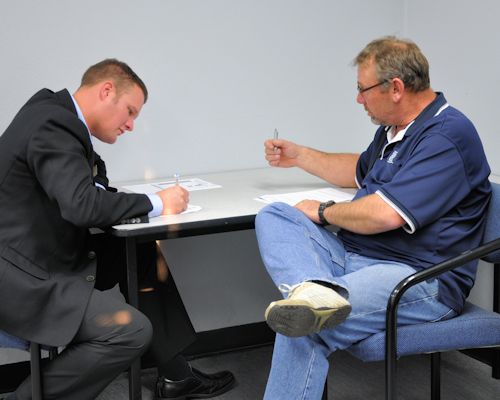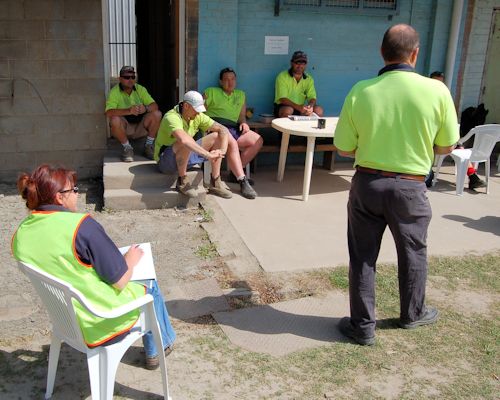Forms and reports
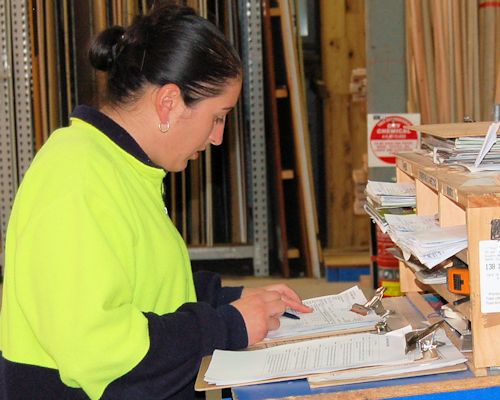 Audio for slide 1 (mp3 |6|KB)
Audio for slide 1 (mp3 |6|KB)
Forms are based on a 'template' format, which provides a fixed structure with standardised subheadings and questions.
Reports, on the other hand, are much more free-flowing. They allow you to express your opinions on matters instead of simply providing specific answers to set questions.
Let's look at some typical types of forms and reports.

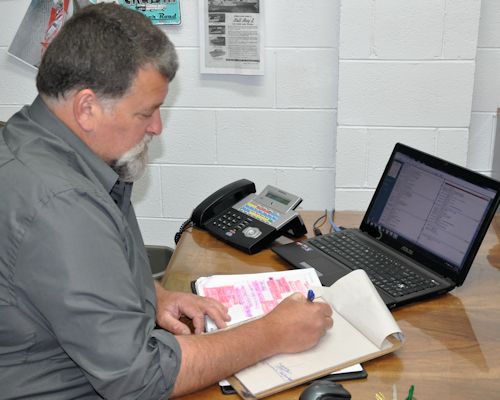 Audio for slide 5 (mp3 |6|KB)
Audio for slide 5 (mp3 |6|KB)
Reports
Sometimes reports are written into a document with a template layout.
These might include a customer complaint, accident report or quality inspection.
Other reports have no pre-formatted structure at all, particularly when they represent the writer's views on a subject.
The big difference between a report and a form is the amount of control you have over how you express yourself.

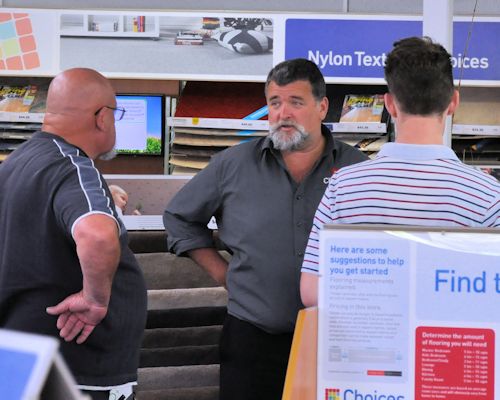 Audio for slide 6 (mp3 |6|KB)
Audio for slide 6 (mp3 |6|KB)
Unlike talking, when you communicate your ideas in writing there is no way of checking on the spot that the message is being received the way you'd intended it.
So by the time you do get feedback on your report, the reader will have already formed an opinion on it, and may have also put plans into action on the basis of what they thought you were saying.

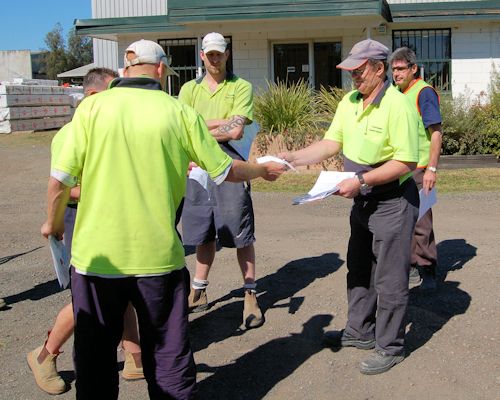 Audio for slide 7 (mp3 |6|KB)
Audio for slide 7 (mp3 |6|KB)
Remember that they're unlikely to have the same amount of background information on the matter as you do, so you have to include any details that are important to their understanding of the issue.
Click on the link below for some hints on how to write a clear and concise report.


Learning activity
Audio 8 (mp3 |6|KB)Incident reports are used to record the details of an event that caused an injury, damaged property, or was a 'near miss' (that is, nearly resulted in an injury or property damage).
They are also used to document the cause of the incident and to suggest corrective action to stop the same sort of situation happening again.
The link below will take you to a simple example of an incident report template.
Think of an incident that you are aware of, or alternatively, make up an incident that might occur at your workplace if something went wrong.
Fill in the incident report template as if you were the safety officer investigating the matter.
Your trainer might ask you to print out the report and hand it to them when you've finished.
Alternatively, you may be asked to email it to your trainer.

 Go to Emails
Go to Emails